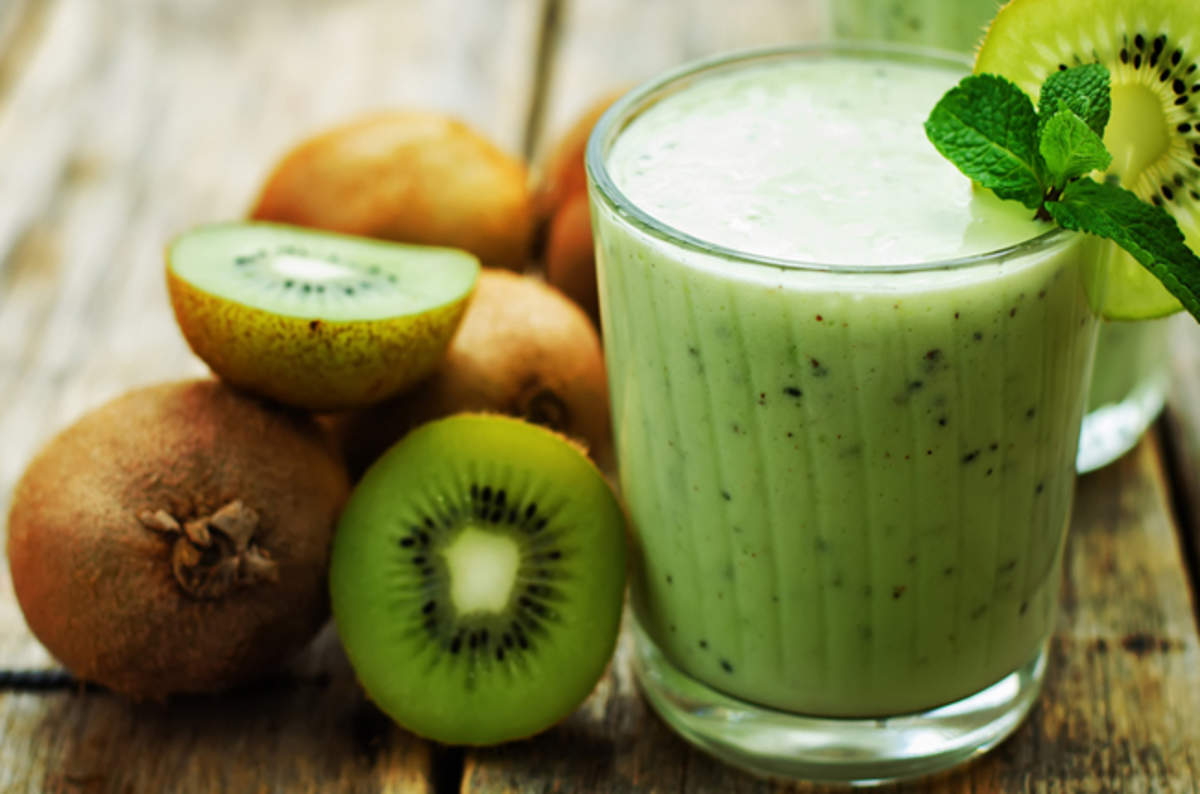Checking Out the Unique Attributes and Remarkable Biology of Kiwi: A Comprehensive Research
Welcome to the interesting world of kiwi! Prepare to be impressed as we uncover just how kiwis have actually adapted to their flightless existence and uncover their environmental value.
Physical Qualities
What are the physical features of a kiwi bird? The kiwi bird is a little, flightless bird indigenous to New Zealand. One of the most unique features of the kiwi bird is its lengthy, slender costs.
The kiwi bird has an unique quill, with soft, hair-like plumes that resemble hair. These plumes are gray or normally brownish in shade, helping the bird mix in with its forested environment. Unlike most birds, the kiwi has small wings that are concealed under its plumes and are not practical for flying. Rather, it counts on its solid legs and powerful claws for movement.
Another interesting physical quality of the kiwi bird is its nostrils found at the pointer of its costs. This adaptation allows them to smell out worms and insects, their primary source of food, in the fallen leave clutter on the woodland flooring (what do kiwis taste like). Furthermore, the kiwi bird has big, rounded eyes that are adapted for low-light problems, as they are primarily nocturnal
Feeding Routines
To understand the feeding habits of the kiwi bird, you require to observe its foraging habits and nutritional choices. These birds use their solid sense of scent to find victim concealed underneath the surface, and after that use their costs to extract it.
In addition to insects, kiwis additionally take in seeds, berries, and fruits. Kiwis have been observed feeding on a vast variety of plant types, showing their versatility to various food resources.
Interestingly, kiwis do not have a plant, which is a customized part of the digestive system located in numerous birds. Rather, their food passes straight from the esophagus to the stomach. This may be an outcome of their one-of-a-kind evolutionary history and eco-friendly specific niche.
Reproduction and Reproduction
Currently let's dig into the fascinating world of kiwi reproduction and reproduction, structure upon our previous expedition of their special feeding routines. They are monogamous birds, implying they develop long-term pairs.
Throughout this time, the female kiwi will certainly lay one to 2 eggs, which are uncommonly large contrasted to the bird's body dimension. Kiwi eggs are the largest of any kind of bird in percentage to body weight.
When the chicks hatch out, they are birthed able and totally feathered to see (what do kiwis taste like). They are likewise rather precocious, implying they are able to take treatment of themselves reasonably swiftly. Also after the chicks have hatched, the site link moms and dads proceed to offer treatment and protection for them till they are fully independent, which can take a number of months.

Adaptations to Flightless Presence
Throughout their transformative background, kiwis have developed remarkable adjustments for their flightless existence. As a flightless bird, the kiwi has undertaken numerous modifications to its composition and behavior that allow it to grow in its one-of-a-kind setting. One of the most recognizable adjustments is its wing structure. Unlike other birds, kiwis have little, vestigial wings that are basically ineffective for flying. Instead, these wings have actually progressed into effective appendages that aid in balance and security, enabling click to investigate the kiwi to browse its forest floor environment with ease.
One more adaptation that kiwis have actually created is their strong legs and feet. The kiwi's legs are located and muscular much back on its body, providing it with a reduced center of gravity and optimum balance.
In order to endure without the ability to fly, kiwis have also developed a keen feeling of scent. Their lengthy, slender beaks house extremely delicate nostrils, permitting them to discover pests and worms beneath the forest floor. This impressive adaptation helps kiwis locate food sources and preserve a well balanced diet regimen.
Ecological Value
The eco-friendly significance of kiwi hinges on their role as essential seed dispersers in their indigenous environment. As they relocate with the woodland floor, kiwi forage for bugs, worms, and a range of plants. While doing so, they eat fruits and berries, which contain seeds. These seeds then travel through the kiwi's digestive system unharmed and are later on spread via their feces. This one-of-a-kind procedure aids in the all-natural regrowth of woodlands.
The kiwi's capacity to spread seeds is essential for preserving the biodiversity and balance of their community. By spreading seeds across various locations, they add to the growth and abundance of numerous plant species. In turn, important source these plants provide food and sanctuary for various other pets, producing a web of interdependencies within the ecosystem.
Furthermore, kiwi play a vital role in controlling the populace of particular plant types (what do kiwis taste like). Some plants produce a too much variety of seeds, which can bring about congestion and restricted resources for other plants. By eating and distributing these seeds, kiwi help regulate the growth of such plants, guaranteeing a healthier and more varied community
The eco-friendly significance of kiwi extends beyond their duty as seed dispersers. Their tunneling actions also adds to soil aeration and nutrient recycling, boosting the overall wellness of the forest floor. In addition, their feeding habits can assist regulate insect populations, minimizing the threat of insect episodes that could harm plants.
Conclusion
To conclude, discovering the unique attributes and remarkable biology of kiwi reveals its physical characteristics, feeding behaviors, recreation and breeding patterns, in addition to its adjustments to a flightless presence. With its distinct features and ecological value, the kiwi serves as an amazing instance of nature's variety and adjustment. By recognizing and valuing the kiwi's role in its community, we can even more promote conservation efforts to make sure the preservation of this exceptional types for future generations.

Comments on “The Sugary Food and Tangy Harmony: What Do Kiwis Taste Like Disclosed”